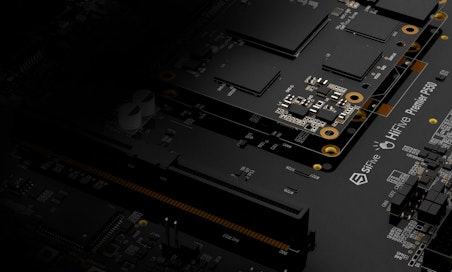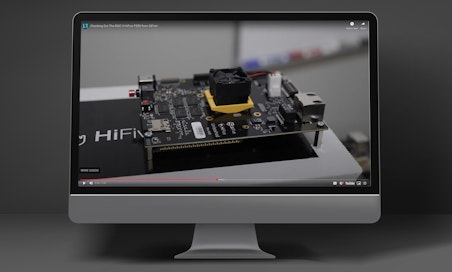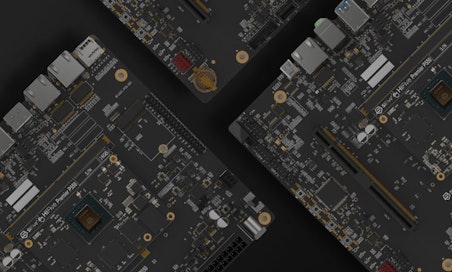SiFive Blog
The latest insights, and deeper technology dives, from RISC-V leaders

Why Open Source is the New Way to Build Silicon
It’s no secret the semiconductor industry is in a state of flux and consolidation. As a New York Times’ headline recently screamed, “Semiconductor Industry Shrinks Some More With Latest Deal.” In the month of July alone: Analog Devices snapped up Linear Technology; Cypress closed its acquisition of Broadcom’s IoT assets; Infineon bought Wolfspeed. And then there was the deal of all deals – SoftBank acquired ARM.
This consolidation has made it even more difficult for system designers seeking custom silicon for their devices to get the attention of the companies that remain standing. In fact, it is nearly impossible for small and independent teams to compete for chipmakers’ attention – even if they had the eight- to nine-figure budgets required.
From the beginning, SiFive was founded with a mission to democratize access to customized silicon, and recent industry developments have only made our vision more imperative. In the words of Yunsup, one of our cofounders, "The semiconductor industry is at an important crossroads. Moore's Law has ended, and the traditional economic model of chip building no longer works.” It’s clear that the old approach to SoC development – with investments in R&D so intense that every project has become a “make or break” proposition for design teams – has been broken for some time.
We’re not the only ones with this view, or who’s wondering what impact the Softbank / ARM deal may have on access to chips (not to mention the cost). International Business Strategies analyst Handel Jones was quoted in The Wall Street Journal as saying it’s likely that ARM “is not going to be quite as transparent. (Companies) would be prudent to look at different options.” Patrick Moorhead, an analyst at Moor Insights & Strategy said in the same article that “one of the biggest questions about the deal is whether SoftBank would raise ARM’s royalty rates,” adding that it might do this at it introduces new chip designs.
For established system designers looking for Plan B as they wait to see how the industry dynamic will shake out, it’s worth evaluating the growing number of open source designs based on the newly established RISC-V architecture. As we saw in at the latest RISC-V workshop in Boston, an increasing number of established companies – from Google to HP to IBM to Microsoft and more than 50 others – are exploring how RISC-V figures into their future silicon designs. For startups with more moderate resources, SiFive’s Freedom family of platforms is a good place to start.











